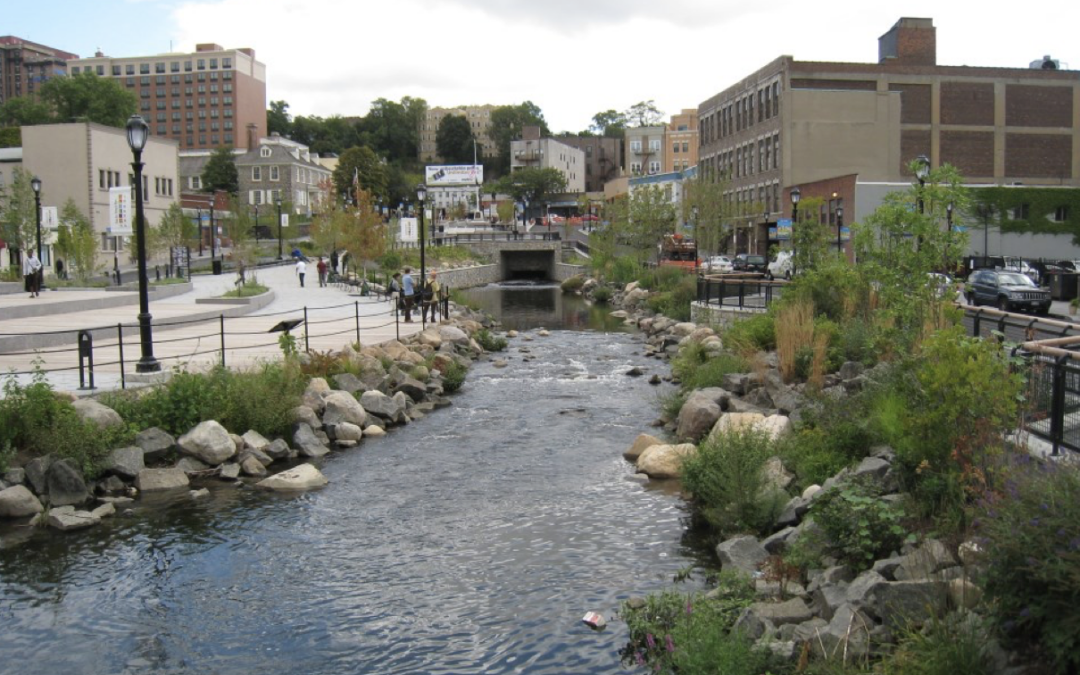The revitalizing and restoration of rivers, creeks and streams is a major focus of urban conservation activity throughout North America and Europe. This book presents models and examples for organizing multiple stakeholders for purposes of waterway revitalization―if not restoration―within a context of fairness and environmental justice.
After decades of neglect and misuse the challenge of cleaning up urban rivers and streams is shown to be complex and truly daunting. Urban river cleanup typically involves multiple agendas and stakeholders, as well as complicated technical issues. It is also often the situation that the most affected have the least voice in what happens. The authors present social process models for maximum inclusion of various stakeholders in decision-making for urban waterway regeneration. A range of examples is presented, drawn principally from North America and Europe.
Revitalizing Urban Waterway Communities: Streams of Environmental Justice is an invaluable handbook on urban stream restoration for professional practitioners, policy makers and planners, community-based scientists and activists, and university faculty and students. It provides a wealth of insight about what is needed and what will work in reconnecting to urban waterways.
From the book:
While there are many reports of physical demonstration projects that attempt to restore segments and functions of urban waterways, there is no consensus about what to do and how to do it from a social or environmental justice perspective. We have discovered this during the three years of working on the Onondaga Creek Revitalization Plan in Syracuse, New York, and others have found this to be a major challenge as well. There are also equity issues in terms of who has historically been forced to live in high-risk flood plain or polluted water areas, with marginalized communities being the ones who shoulder the greatest burdens. This paper explores approaches to urban creek and river revitalization, drawing from international case studies from Europe and North America plus the authors’ experience with the Onondaga Creek Revitalization Plan in Syracuse, NY. Given the different waterway objectives for both restoration and /or revitalization, there is a need for a collaborative social process, with attention to social equity, in developing such projects and plans. The authors’ new book ’Revitalizing Urban Waterway Communities: Streams of Environmental Justice’ (Smardon et al. 2018) presents ways of addressing multiple jurisdictions and diverse sets of stakeholders. European and US case studies present challenging environmental justice issues, and so principles and methods for addressing them are needed (Moran 2007, 2010, Perreault et al. 2012, Platt 2006). Drawing on the concepts of collaborative learning models and coproduction of knowledge, the authors developed a process for community input for urban community waterway revitalization.

